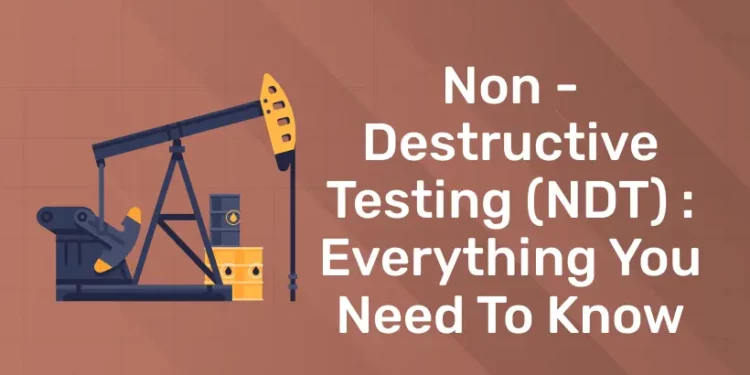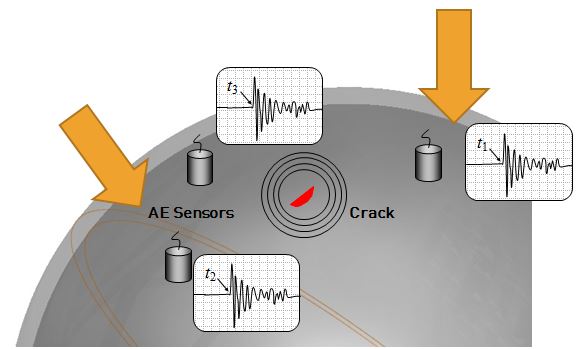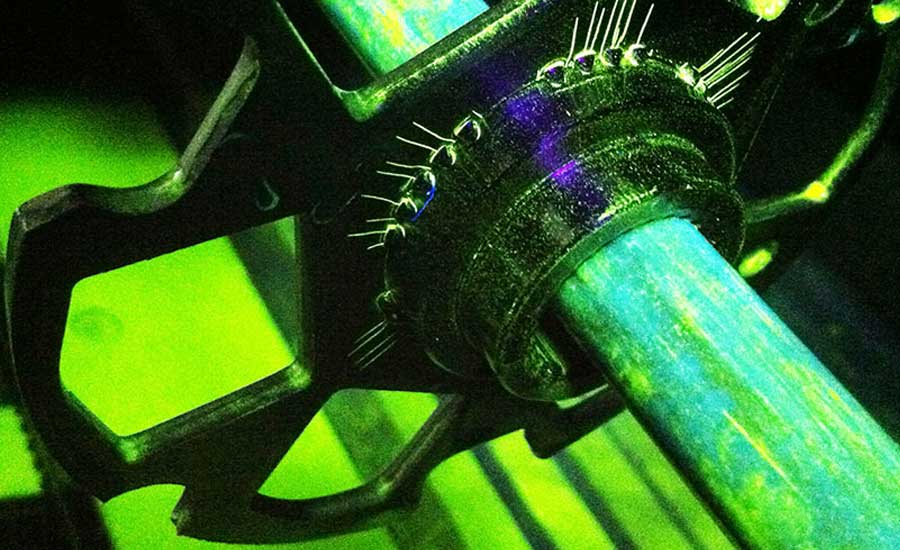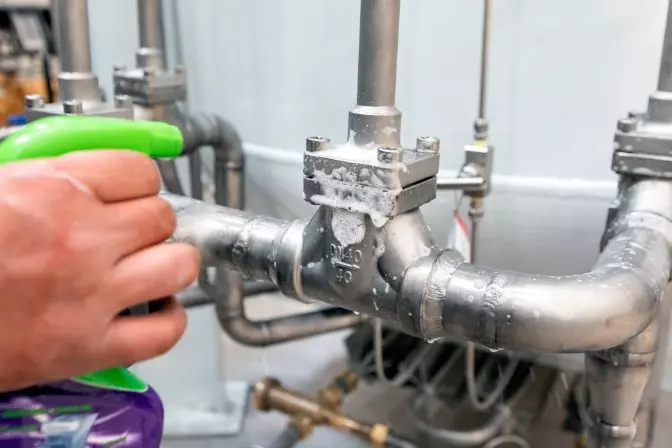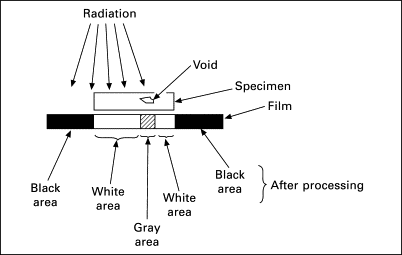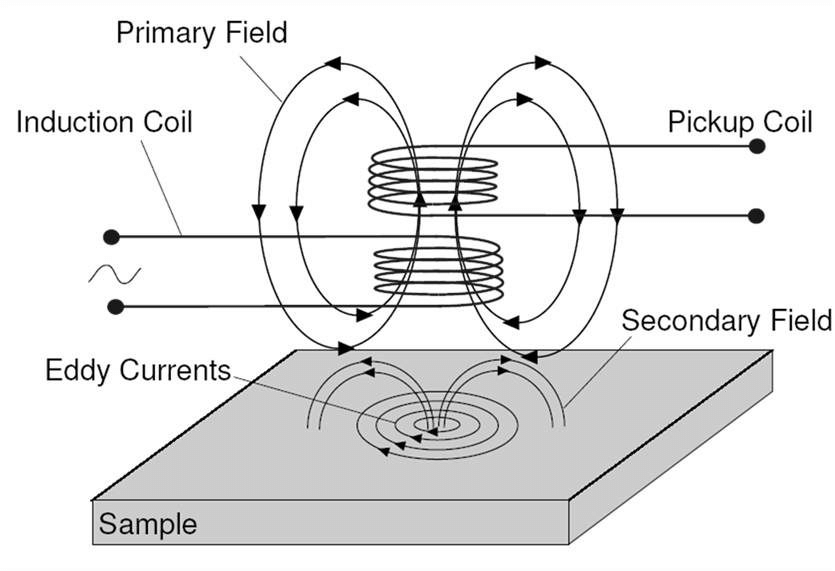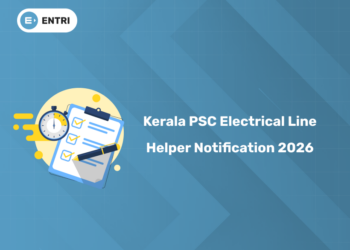Table of Contents
Non-destructive testing, or NDT, is becoming more and more necessary in most sectors. This is due to the fact that NDT is essential to many businesses’ quality control. NDT’s application differs depending on the industry.
Numerous industries, including the automotive, aerospace, construction, and even agricultural ones, use non-destructive testing. The method of diagnosing and evaluating assembled parts is known as nondestructive testing (NDT). It can be applied to determine the underlying cause of an item’s malfunction or defect. Everything you need to know about NDT is covered in this article.
Get Certified! Get Confident! Join our Oil and Gas Course!
What Is NDT?
Through the identification and assessment of defects in structural elements and systems, non-destructive testing (NDT), a multidisciplinary area of engineering, plays a vital role in daily life. To make sure that structures and materials carry out their intended functions in a safe, dependable, and economical manner, NDT employs a wide range of testing techniques. It is an essential tool for quality control that may be used at any point during the manufacturing process without compromising the part’s or system’s capacity to function.
Types Of NDT
1: What is the primary purpose of a refinery in the oil and gas industry?
Tests that do not harm the components being examined are known as non-destructive tests (NDT). To evaluate individual or group components, NDT employs a variety of inspection methods. NDT is able to test components without causing harm by utilizing numerous physics, chemical, and mathematical concepts. Other names for NDT are non-destructive inspection (NDI) and non-destructive evaluation/examination (NDE).
Different types of NDT that are used commonly today are provided below:
Acoustic Emission Testing
Acoustic emissions are used in acoustic emission (AE) testing to find possible flaws in an asset. In order to find flaws, this testing entails searching for bursts of sonic energy. In order to spot possible problems, the burst’s arrival time, position, and strength are also investigated.Structures including pressure vessels, pipelines, storage tanks, aircraft structures, and steel cables are frequently inspected for flaws using AE testing.
Magnetic Particle Testing
By monitoring changes in the material’s magnetic field’s path, defects in the material can be found through a technique called magnetic particle testing. An inspector initially applies a magnetic field to an asset that is magnetically susceptible in order to perform these tests. The material’s surface is then covered in iron particles. Any disturbances will be visible to these particles, giving a clear picture of the flaws’ locations. Inspecting the inside and external surfaces of pressure vessels and boilers is an excellent use case for magnetic particle testing.
Leak Testing
The purpose of leak testing is to investigate leaks and find flaws in buildings or vessels. To test for leaks, inspectors frequently utilize listening devices, pressure gauges, and soap bubble inspections.
Finding leaks in sealed packaging or in devices without a filling aperture is a good illustration of how to do leak testing.
Radiography Testing
X- or gamma radiation is used in radiographic testing (RT) to identify flaws in a system or component. The material being evaluated is exposed to radiation using an X-ray generator or radioactive isotope. A detector then captures the radiations. Inspectors then utilize the shadowgraph that results to search for possible problems.Industrial radiography may view comprehensive images of the material being evaluated using CT scans and X-rays.
Start your career in Oil and Gas field!! Join Now!
Visual Testing
Visual testing is an approach that uses visual inspection to assess a material’s state. This is the simplest type of testing, which may be completed simply by perusing the content. You can obtain a closer look with a Remote Visual Inspection equipment for more in-depth visual inspections. Every day, maintenance experts inspect industrial gear for common wear and tear indicators using the visual testing method.
Infrared Testing
Although infrared non-destructive testing has been used for over 30 years, it has recently become increasingly popular. The foundation of infrared non-destructive testing is thermal wave imaging. Unlike passive thermography, it is regarded as an active procedure.
The section that is active is the one that is heated by an external heat source. On the other hand, normal thermography involves the camera recording heat as part of the process.
seeing corrosion under painted surfaces or disbonds in aluminum structures, such as the fuselage of an aircraft. Some instances are locating microelectronic failure sites, assessing laser weld penetration, and observing wheel cracks.
Ultrasonic Testing
In order to measure dimensions, assess defects, and describe materials, ultrasonic testing employs high-frequency sound waves. It uses a transmitter and receiver that operate at ultrasonic frequencies. Wheel and axle deformation and other flaws in railroad carriages can be found with ultrasonic testing.
Eddy Current Testing
An inspector can measure the strength of electrical currents, or eddy currents, in a material’s magnetic field using an electromagnetic testing technique called eddy current testing. Inspectors are often able to identify flaws in the material or asset by simply searching for existing disruptions.
Metal grade sorting, heat treatment verification, weld inspection, fastener hole inspection, surface scanning, and subsurface inspection are among the applications for this kind of test method.
Grab Limited Time Deals on Oil and Gas Courses!
Application Of NDT Methods
Nearly every stage of a component’s life cycle or production can benefit from the use of NDT.
- To support the creation of new products
- To classify or filter incoming documents
- To keep an eye on, enhance, or manage manufacturing processes
- To confirm appropriate handling, like heat treatment
- To ensure correct assembly
- To look for damage while in use
Entri App – Oil And Gas Course
Entri’s Oil and Gas Course is a highly acclaimed program that is tailored to students who aspire to pursue a fulfilling career in the oil and gas industry. It’s perfect for those looking for high-paying employment in India and other nations.
The “Oil and Gas Course” at Entri isn’t like other classes. With this all-inclusive training program, you will get the skills and knowledge necessary to succeed in the exciting world of oil and gas. You’ll get the chance to put your knowledge to use in real-world situations, which will raise the value of your degree and improve your chances of landing a dream job.
CONCLUSION
Nondestructive testing is fast taking over as the preferred test technique for finding flaws in practically all fields. Today, NDT is used in a variety of industries, including industrial, power production, nuclear, aerospace, medical, and marine. With each year that goes by, the current procedures get better and more capable due to the growing popularity prompting additional study.


